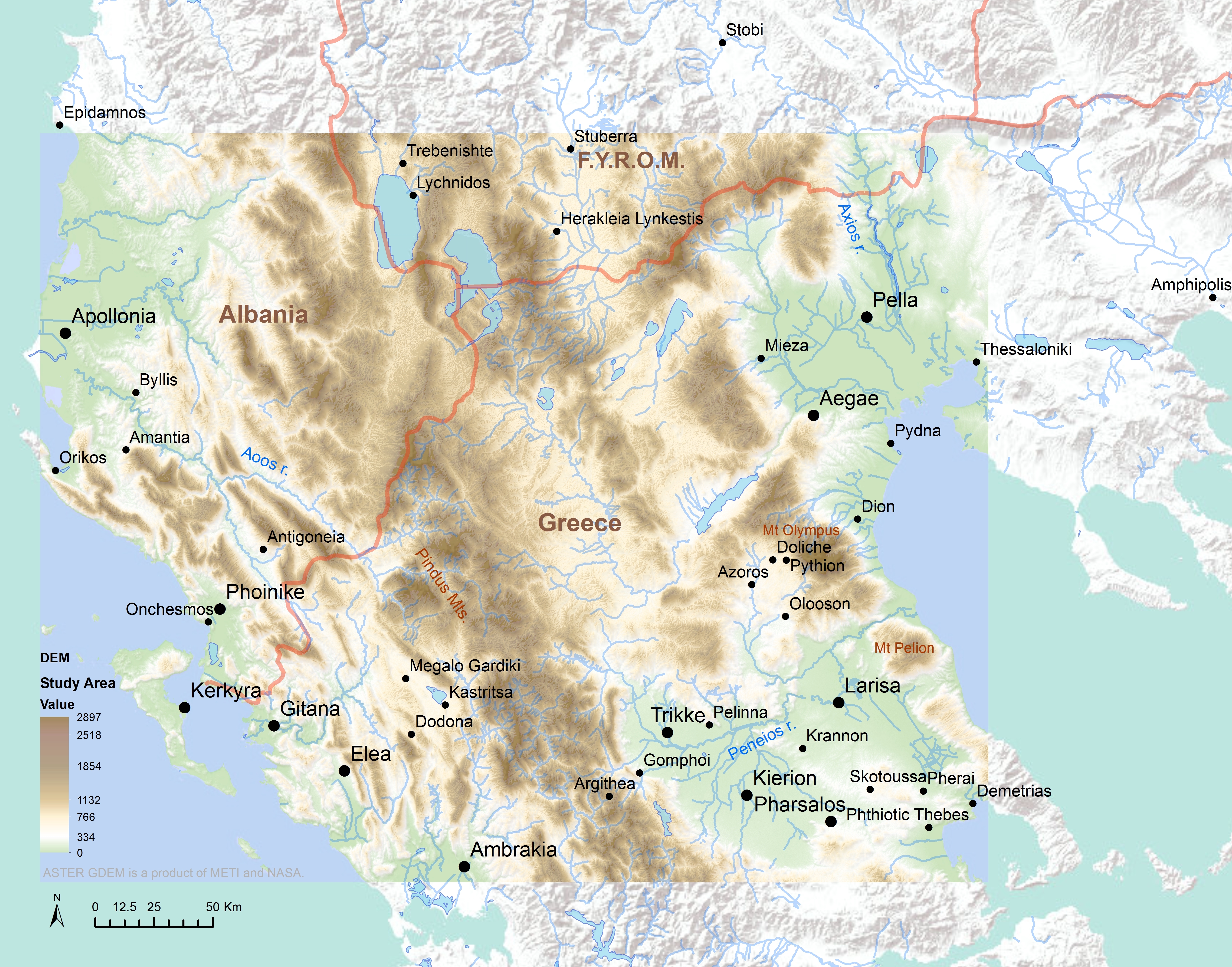About this Project

Greek culture has long been identified with what is known from the archaeology of southern Greece, especially Attica and the Peloponnese. Beyond this comfort zone, the larger area of Northern Greece lies, unified by language, culture and religion, home of major Greek myths and motherland of key identity figures for Greek culture.
This project began in September 2014 and seeks to investigate the societies that inhabited this larger territorial extent from 600 BC to 31 BC. In particular, it will focus on dividing and unifying features of the three ancient regions of Thessaly, Epirus and Macedonia. Since much of the research done in these areas has been affected by modern divisions—the results of the redistribution of land and exchange of populations after the Balkan Wars and World War I—our project will aim to cut across the modern territorial borders of Greece, Albania and FYROM in order to start a new scholarly discourse among the different parties. The aim will be that of reconstructing the ancient territorial and cultural links within the area under investigation starting from the new archaeological data that are constantly being generated at key sites, and building on an accurate reconstruction of the ancient geographical and topographical features.

Research Objectives
The main research objective will be that of providing a reliable and up-to-date account of whether and how natural borders ever corresponded to cultural borders in the area, and to which extent they reflected ancient as much as modern political divisions. The results will ultimately
1) challenge accepted paradigms about the regions, such as their backwardness or their characterization as passive peripheries and will show how they were actively networked with the other Mediterranean communities;
2) offer a new definition of what Greek culture was and its extent.
The work towards the project is in progress and still developing. Its key features currently include the creation of an interactive map and a gazetteer of archaeological sites (combining essential geographical features with material finds), and the establishment of an international network of scholars contributing to the research through workshops, conferences and publications. All outputs of the project will be collaborative and this website, once completed, will constitute a platform of communication and exchange and will provide a research tool for all scholars interested in the archaeology of Northern Greece.
Static Map
A static map showing the modern territorial borders of Greece, Albania and FYROM for the regions of interest for this project.



